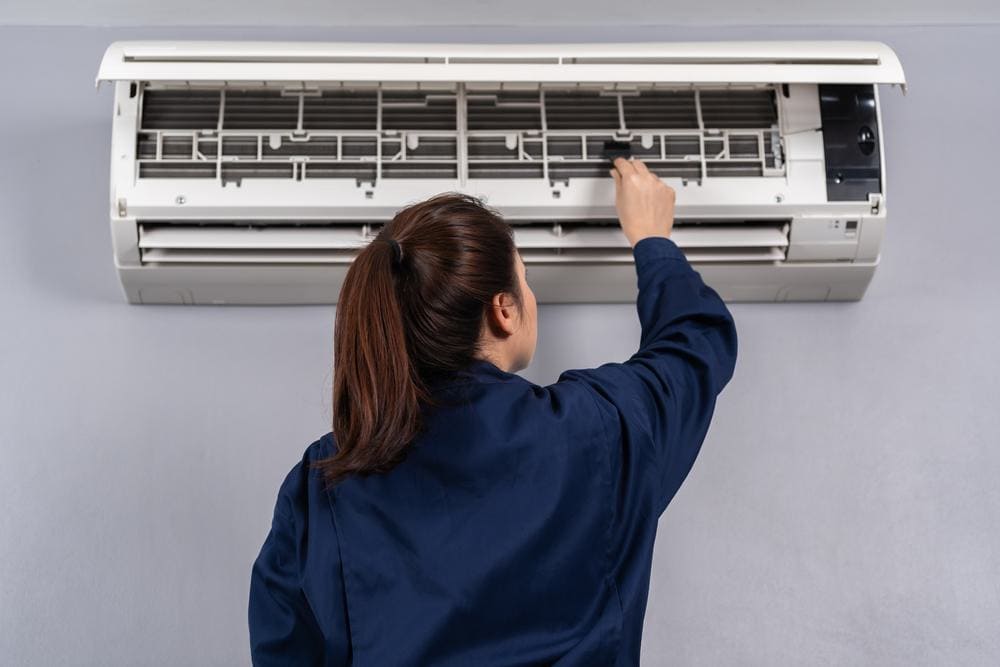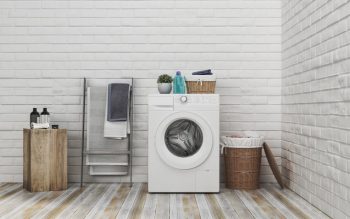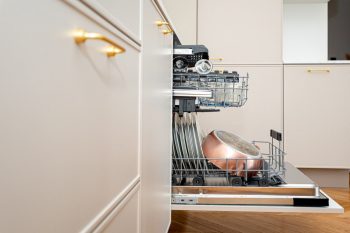
Air conditioning is a term that most people are familiar with, especially if they live in a region with hot, humid summers. But what exactly does “air conditioner” mean? What are its components, how does it work, and what types should you consider for your home or office? Read on to find out everything you need to know about air conditioners.
An air conditioner is a system or machine that treats air in a defined, enclosed area via a refrigeration cycle, removing warm air and replacing it with cooler air. It works by using a refrigerant that absorbs and releases heat as it cycles through the system. Air conditioners are designed to maintain a steady temperature, filter out allergens, and create comfortable environments in hot or humid conditions.
What is an Air Conditioner?
An air conditioner is a system or machine that treats air in a defined, enclosed area via a refrigeration cycle in which warm air is removed and replaced with cooler air. In construction, a complete system of heating, ventilation, and air conditioning is referred to as HVAC.
Air conditioners are designed to maintain a steady temperature, making environments comfortable in hot or humid conditions. They also help filter out pollen, dust, and other allergens from the outside air, creating a healthier environment.
How Does an Air Conditioner Work?
The air conditioner in your home or office is likely a type of refrigeration system that removes heat from the air inside your building and transfers it outside, leaving the interior cool. The process of cooling the air involves a physics concept known as phase conversion, which is the transformation of a material from one state (or phase) of matter to another, such as from a liquid to a gas.
The air conditioner uses a special type of chemical known as refrigerants, which have properties allowing them to change from gas to liquid and back again at low temperatures. This refrigerant is cycled through the air conditioner, absorbing and releasing heat as it expands and compresses.
Key Components of an Air Conditioner
An air conditioner is made up of several key components, including:
- Evaporator Coil: This is where the refrigerant absorbs heat from the indoor air. This component is located inside the home.
- Compressor: Located outside the home in the main air conditioner unit, the compressor pressurizes the refrigerant, preparing it for heat release.
- Condenser Coil: Also located outside the home, the condenser coil releases the heat absorbed from your home to the outside air.
- Expansion Valve: This controls the amount of refrigerant going into the evaporator coil, helping to cool it down after it has been compressed and heated.
- Air Filter: This traps dust, dirt, and other particles in the air, preventing them from entering your home and keeping the air conditioner clean.
- Fan: This helps to circulate air throughout your home and across the evaporator coil to cool it down.
Types of Air Conditioners
There are several types of air conditioners available in the market, each designed to suit specific needs and spaces. These include central air conditioners, ductless mini-split air conditioners, window air conditioners, portable air conditioners, and more. When selecting an air conditioner, it’s essential to consider factors such as energy efficiency, size, cost, and the specific cooling needs of your space.
Impact on Energy Consumption and Environment
Air conditioners significantly impact energy consumption and the environment. The International Energy Agency (IEA) predicts that global energy demand from air conditioners will triple by 2050. Moreover, air conditioners use refrigerants, some of which are potent greenhouse gases. As such, it’s crucial to consider energy efficiency and the type of refrigerant used when selecting an air conditioner.
Conclusion
Understanding the meaning of an air conditioner, its components, and how it works can help you make an informed decision when purchasing one. By choosing the right type of air conditioner for your needs and ensuring it is energy-efficient, you can keep your space cool while minimizing your environmental impact.
Remember, it’s always a good idea to consult with a professional before making a final decision. They can provide valuable advice based on your specific needs and circumstances.
Frequently Asked Questions
What is the ideal temperature to set my air conditioner at?
The ideal temperature for your air conditioner depends on personal preference, but the Department of Energy recommends setting your thermostat to 78°F (26°C) when you’re home in the summer. This temperature is a good balance between comfort, energy efficiency, and cost.
How often should I replace the air filter in my air conditioner?
The frequency of changing your air filter depends on several factors such as the type of filter, the air quality in your area, and whether you have pets. However, a good rule of thumb is to check your air filter every month and replace it every 3 months, or more often if it appears dirty.
Can I install an air conditioner myself?
While some smaller units like window air conditioners can be installed by a capable homeowner, it’s generally recommended to have a professional install larger units like central air conditioners. Professional installation ensures that the unit is installed correctly, operates efficiently, and is safe.
How long does an air conditioner typically last?
On average, a central air conditioner can last between 15 to 20 years if it’s properly maintained. However, the lifespan can be shorter or longer depending on factors such as usage, maintenance frequency, and the quality of the unit.
What are some signs that my air conditioner needs repair?
Some common signs that your air conditioner might need repair include: not cooling effectively, making strange noises, emitting foul odors, leaking, and frequent cycling. If you notice any of these signs, it’s best to call a professional for diagnosis and repair.












